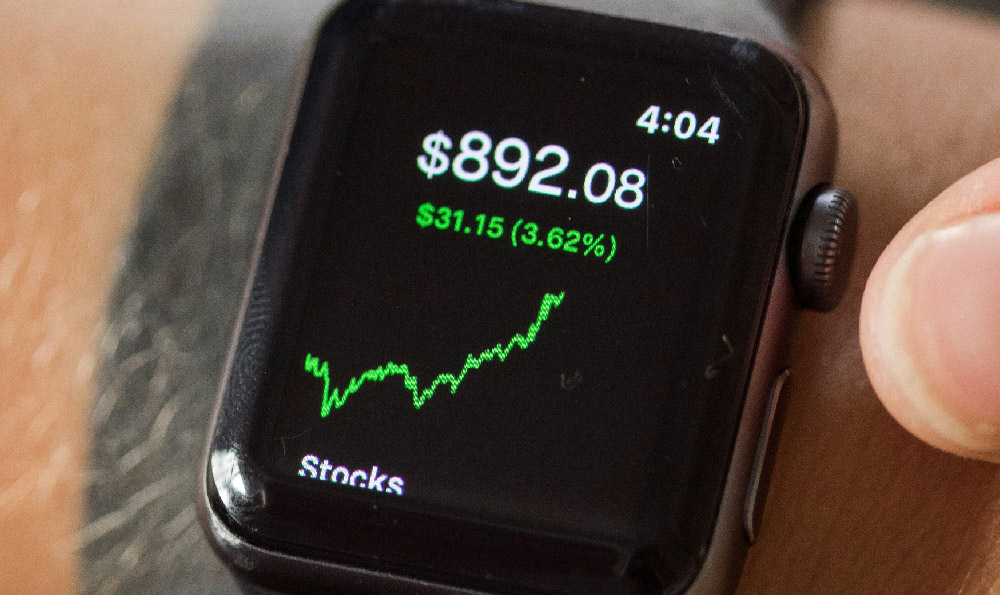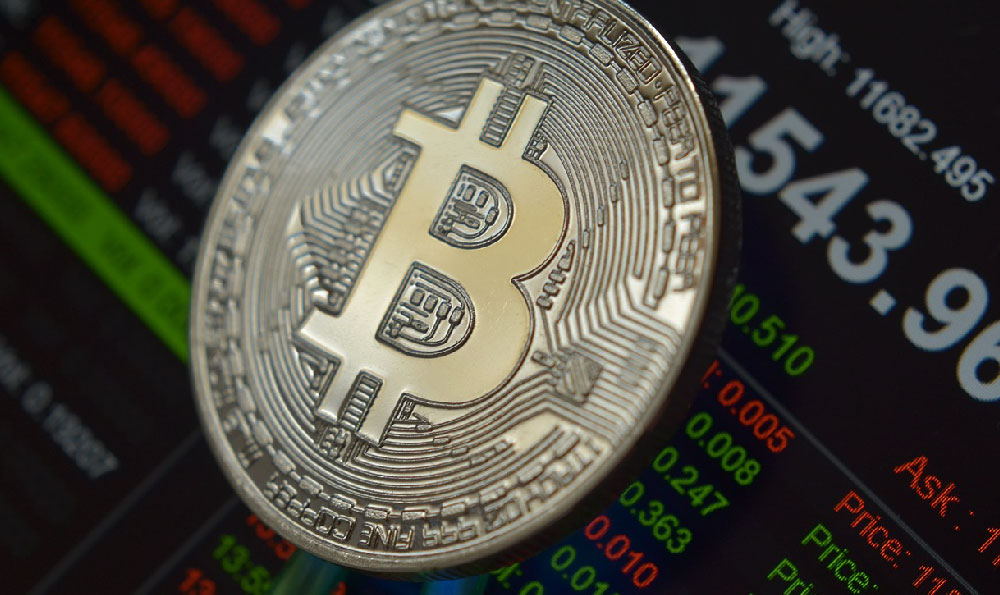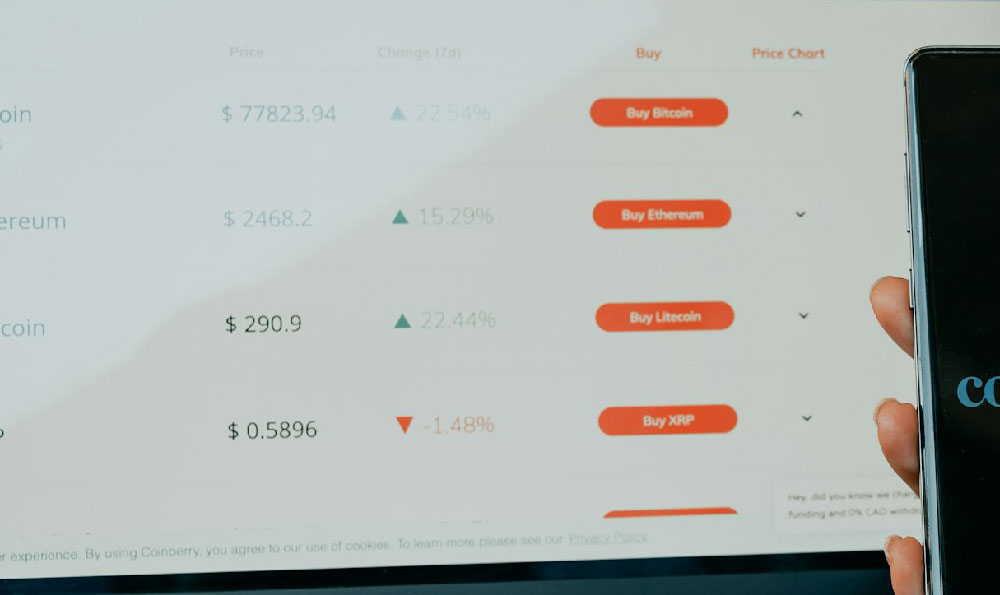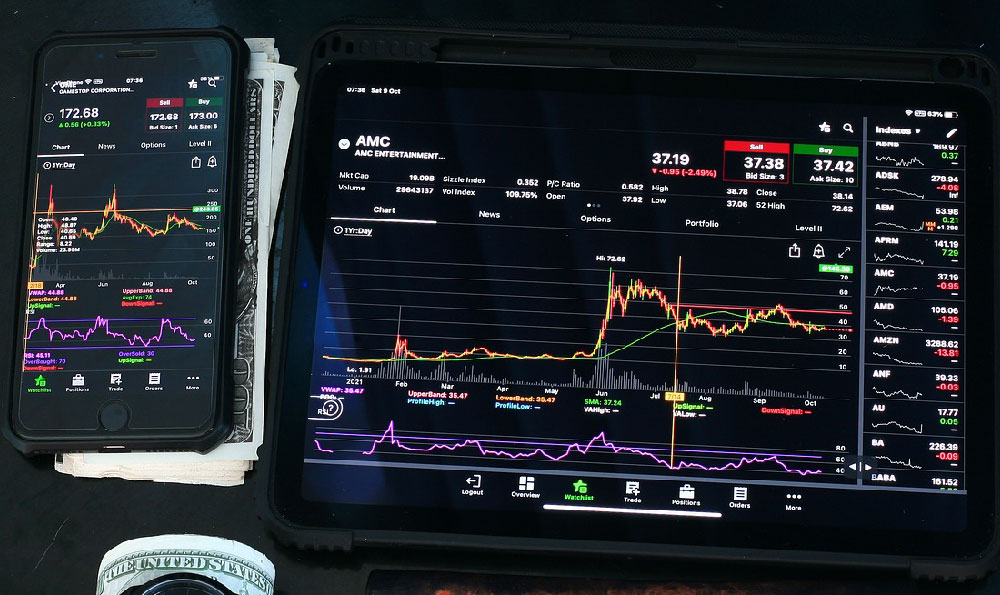Do Uber or Lyft: Which Pays More?
Navigating the gig economy can be a challenging but potentially rewarding endeavor. For those considering driving for ride-sharing services like Uber and Lyft, a fundamental question arises: which platform offers better earning potential? The answer, unfortunately, isn't straightforward, as it hinges on a complex interplay of factors. To make an informed decision, prospective drivers must delve into these nuances and consider their individual circumstances.
One of the most crucial elements to analyze is the base fare structure of each platform. While both Uber and Lyft operate on a dynamic pricing model, the initial fares and per-mile/per-minute rates can vary significantly. Drivers should meticulously research the prevailing rates in their specific city or region. These rates are not static; they fluctuate based on local market conditions, demand, and competition. A careful comparison of these base rates provides a crucial starting point for assessing potential earnings. For example, in certain cities, Lyft might offer a slightly higher per-mile rate, while Uber compensates with a more generous base fare. Regularly monitoring these rates via the driver apps or online resources is essential for maximizing profitability.
Beyond the base fares, surge pricing (Uber) and Prime Time (Lyft) are critical components of a driver's earning strategy. These mechanisms are activated during periods of high demand, such as rush hour, weekends, or special events. During these times, the fares are multiplied by a surge or Prime Time multiplier, significantly increasing potential earnings per ride. The effectiveness of surge/Prime Time varies between the platforms and across different geographical areas. Uber's surge pricing is often visually represented on the driver app's map, allowing drivers to strategically position themselves in high-demand zones. Lyft's Prime Time functions similarly, but the magnitude and frequency of these surges can differ from Uber's. Drivers should closely monitor the surge/Prime Time patterns in their area and adjust their driving schedules to capitalize on these peak earning opportunities. Experimentation is key to understanding the nuances of each platform's surge/Prime Time algorithm and identifying the most lucrative times and locations to drive.

Incentives and bonuses play a substantial role in influencing a driver's overall earnings. Both Uber and Lyft offer a variety of incentives designed to encourage drivers to accept more rides, drive during specific hours, or maintain high acceptance rates. These incentives can take the form of guaranteed earnings for completing a certain number of trips within a specified timeframe, bonuses for driving during peak hours, or rewards for maintaining a high driver rating. Carefully evaluating the available incentives and factoring them into the earning potential is crucial. Some drivers find that Lyft offers more consistent or lucrative incentives in their area, while others prefer Uber's bonus structure. The key is to actively monitor the incentive programs offered by both platforms and strategize to maximize participation and earnings. Furthermore, referral bonuses for recruiting new drivers can offer a significant one-time boost to income.
Operating costs are a critical consideration that directly impacts net earnings. Drivers must meticulously track expenses such as fuel, vehicle maintenance, insurance, and depreciation. These costs can vary significantly depending on the type of vehicle, driving habits, and the frequency of maintenance. A fuel-efficient vehicle will obviously reduce fuel costs, while aggressive driving habits can lead to increased wear and tear on the vehicle, resulting in higher maintenance expenses. Uber and Lyft offer some limited support for insurance, but drivers are ultimately responsible for ensuring they have adequate coverage. It is also essential to set aside funds for vehicle depreciation, as the value of the vehicle will decrease over time. Accurately tracking all operating expenses allows drivers to calculate their net earnings and make informed decisions about which platform offers better long-term profitability. Some drivers may find that the higher earning potential of one platform is offset by higher operating costs, making the other platform a more financially sound choice.
Beyond the financial aspects, intangible factors such as driver satisfaction and flexibility should also be considered. Some drivers prefer the user interface and driver support offered by Uber, while others find Lyft's platform to be more user-friendly. The flexibility to choose driving hours is a major draw for many ride-sharing drivers, but the amount of flexibility can vary depending on the demand in a particular area. Drivers should experiment with both platforms to determine which one best suits their personal preferences and lifestyle. Reading online reviews and forums can provide valuable insights into the experiences of other drivers and help prospective drivers make an informed decision. Ultimately, the optimal platform is the one that maximizes earnings while providing a positive and sustainable driving experience.
Another important factor is the trip frequency and length. While one platform might have marginally higher rates, the other might offer a higher volume of shorter trips, resulting in more consistent earnings throughout the day. Analyzing trip data, if possible, or shadowing experienced drivers can provide insights into which platform provides more consistent ride requests in a given area. Understanding the average trip length for each platform is also vital, as longer trips consume more fuel and put more wear on the vehicle. It's also worth noting that some platforms might offer preferential treatment to drivers who maintain a certain acceptance rate. This can limit a driver's ability to cherry-pick the most profitable rides. Drivers should carefully consider the implications of acceptance rates and how they affect their overall earning potential.
Finally, regional differences are paramount. The ride-sharing market is highly localized, and what works well in one city might not be effective in another. The demand for ride-sharing services, the level of competition between drivers, and the local regulations can all vary significantly from region to region. Before committing to one platform, drivers should conduct thorough research on the specific market conditions in their area. Talking to experienced drivers in the local community can provide invaluable insights into the earning potential of each platform and the best strategies for maximizing profits. Local ride-sharing forums or online groups can be a valuable source of information and support.
In conclusion, determining whether Uber or Lyft pays more is a complex equation with no universally correct answer. It requires a thorough analysis of base fares, surge/Prime Time patterns, incentives, operating costs, trip frequency and length, driver satisfaction, and regional market conditions. Prospective drivers should meticulously research these factors in their specific area and experiment with both platforms to determine which one offers the best earning potential and overall driving experience. Continuously monitoring market trends and adapting strategies is crucial for maximizing profitability in the ever-evolving ride-sharing landscape. By taking a data-driven and strategic approach, drivers can navigate the gig economy and achieve their financial goals.















